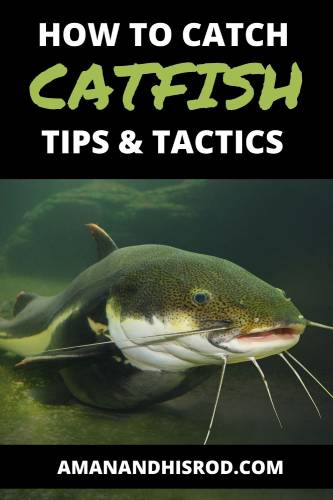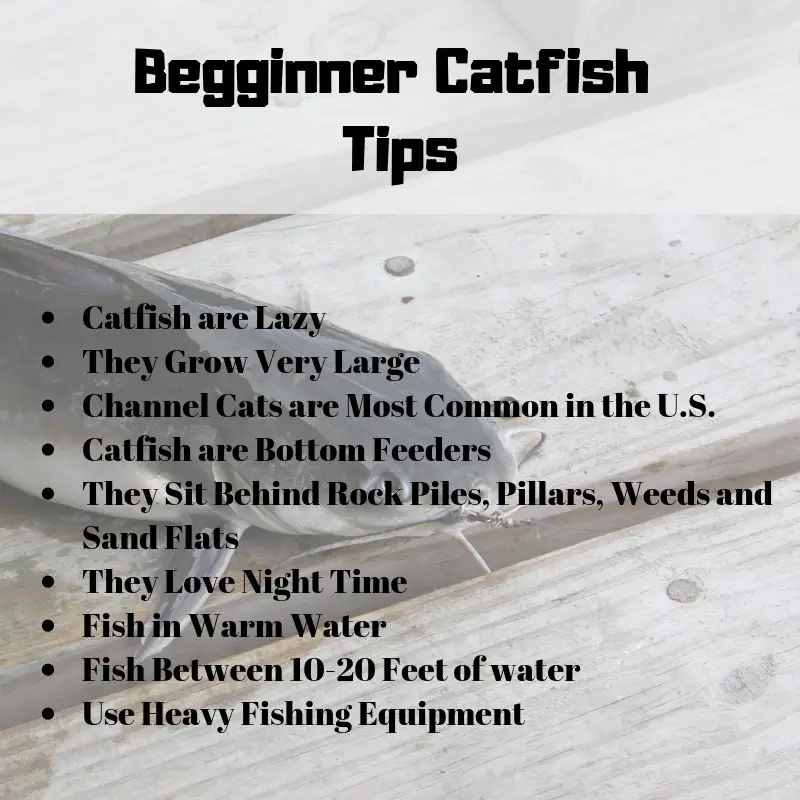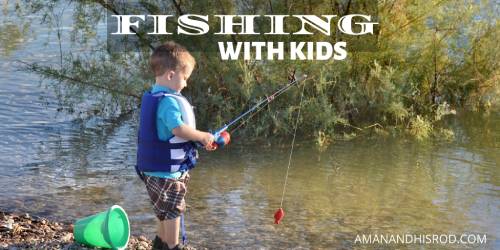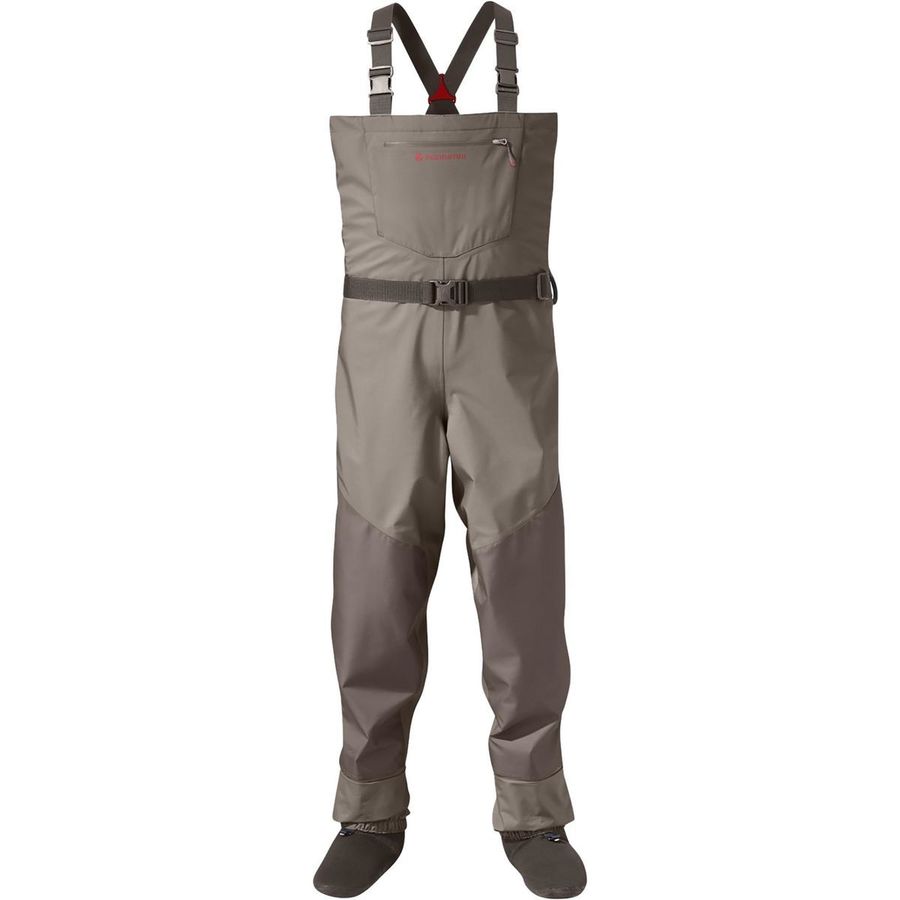Catfish are a popular ray-finned fish species for anglers around the world due to their large size and delicious taste. Whatever your reason for wanting to catch catfish you’ve come to the right article.
Did you know that some species of catfish can live for 60 years and grow well over 600 pounds? They’re named after their babels because of the resemblance to a cat’s whiskers. Catfish have been farmed as a food source for hundreds of years because of the innate ability to survive in harsh conditions.
Considered a top predator, catfish rule in many bodies of water. They often look for a source of food close to them and strive for a large meal, that’s why catfish grow so big.
Giant catfish can be a real blast to catch as well. When you do get hooked up with a monster catfish, the large size and wide figure will surely be evident. They will undoubtedly bring the fight to you with their heavy head shakes and body rolling.
In this article you will learn all how to catch catfish anywhere, popular species, fishing for catfish in cold weather, cat fishing at night, and so much more.
This website is reader supported. Any purchases you make through links on this site earn us a commission at no additional cost to you. Thank you for your support!
The Main 3 Species of Catfish
There are three main species of catfish in the United States i.e. the blue catfish, the channel catfish, and the flat head catfish. Although you may not have all three species living in a body of water near you, odds are you have at least one of these.
Catfish are abundantly found in many of the lakes and rivers all around the United States although the warmer states will have a higher population generally. The size of catfish usually depends on the type of water body.
All three species of catfish are commonly found in lakes and rivers. Catfish are usually bottom feeders and found in semi deep water but also move to shallow water to feed typically at night.

According to Game and Fish Magazine there are over 3000 known species of catfish worldwide and more than half of them live in the Americas. Also, Antarctica is the only continent without a know species of catfish.
Channel Catfish
Channel catfish are the most popular type of catfish among anglers because of their great flavor. Other species of catfish are good to eat also but smaller to mid range catfish are preferred for eating.
Channel cats feed at night like the other species of catfish. They feed mostly on plant materials, clams, fish, and crawdads. They rely on the sense of smell and taste to find food and will be drawn to the stinkiest most potent food around.
The typical size of a channel catfish is 12-24 inches in length. This makes them a popular species for eating as the smaller cats tend to taste better as previously mentioned.
Blue Catfish
These catfish get there name from the color that they present. They have a bluish grey tint to them. They are sometimes also referred to as humpback catfish due to the large hump in the centers of their back. Like most catfish the Blue Cat has no scales and smooth skin.
These cat fish can grow up to 40 inches long and upwards of 40 pounds. Although edible, these cats are often sought after for sport. Blue catfish can really put on a fight for anglers practicing catch and release.
Humpback Catfish also have a keen sense of smell and love a hardy meal. Dough baits, clams, and chicken liver make a great alternative to the live bait options previously mentioned.
Blue cat fish are opportunistic bottom feeders and will feed and whatever is readily available to them.
Flathead Catfish
Flathead catfish are also known as mud cats. These catfish thrive in muddy murky conditions and often live in holes near embankments and shorelines of slow moving rivers.
They are recognized by their flat heads and yellowish colored bodies.
Growing to enormous sizes the largest flathead catfish ever caught weighed 123 pounds. These eat every couple days and are said to be harmful to some ecosystems due to the amount of food they can eat.
Like other species of catfish the flathead catfish will eat insects, fish, mollusks, crayfish and plant material. Flathead catfish are harder to catch than the other species mentioned in this article because they tend to be loaners not grouping with other fish and only feeding every couple of days.
Where To Fish For Catfish?
Catfish tend to hang out around bottom cover like rock piles, or depressions, even small caves or cuts.
During the day time you can look for a catfish in muddy water areas and around deep structures such as deep holes, river bends, rocks bottom, and humps.
They can also be found around cover such as deep weed edges and standing timber.

Fishing for Catfish in a Lake
When fishing for catfish in a lake whether from the bank or boat, find old creek channels, muddy bottoms, or shallow flats. These areas will provide ideal feeding locations for catfish most of the time.
Using common baits such as earthworms and other live bait is fine but artificial catfish dough baits, minnows, liver or clams are the best catfish bait for lakes.
The best most common catfishing setups are the three way rig and fishing a slip float just off the bottom. These two fishing rigs will work in most scenarios while fishing for catfish in lakes.
Monster catfish often become active at night in lakes providing a great opportunity for fisherman. I often catch catfish fishing from the bank while fishing shallow, preferably muddy bottom, coves.
Fishing for Catfish in a Pond
Fishing for catfish in a pond can be a fun way to land more giant catfish. Many catfish fishing ponds are stocked regularly and have healthy ecosystems. Although this takes a lot of the sport out of catching catfish, it’s a great way to put food on the table.
In my experience catfish fishing in ponds a weightless setup works best. Ponds tend to be more shallow than lakes thus making the entire area of the pond a potential location for catfish. Because of the shallow bottom ponds tend contain more vegetation due to warmer stagnant water. These are ideal conditions for catfish allowing them to feed regularly and grow quickly.
Fishing a weightless rig for catfish in ponds is a simple method that works well. Simply attach a hook to the end of your line and add your bait of choice. Make casts fanning the area while keeping your bait above the vegetation. The catfish will come from the vegetation to get a hearty meal.
Fishing for Catfish in Rivers
Fishing for catfish in rivers offers a unique challenge for fishermen. Depending on the season and water temperature catfish will move into different areas of rivers. Fishing for river catfish in summer is often easier that cold water catfishing.
During summer months catfish, like many other species of fish, will move into the shallow banks of rivers. Summer fishes like the other bodies of water mentioned previously. Search for catfish in shallow bare bottom areas with slower water movement.
While fishing for catfish in winter you may have to try a little harder. This is because catfish will move into deeper water and hold up for the winter. These deeper holes can be hard to identify. Because river systems around the world are so different you may have to cast your rig out and watch how much line comes off your reel giving you a decent idea when your in deeper pockets. Otherwise, fishing the last two thirds of a long pool are typically the deepest.
The three way rig is how I recommend catching catfish in rivers during all seasons. This fishing setup is so universal and effective that it can be used in almost all cat fishing situations.
Best Time to Catch Catfish
Night time is where the real action tends to kick in when catfish fishing. Catfish use their intense sense of taste and smell with their whiskers to search for food in the dark.
Night fishing is the best time of day to catch catfish in my opinion. They tend to become more active and feed because of their distinct advantage over their prey. Catfish have an enormous sense of feeling, smell and taste so they can travel great distances if needed to find food.
Seasonally the summer months allow for the best fishing at night. As we stated earlier catfish thrive in warmer water environments.
You can find catfish generally around the 5 to 20 feet range. They are sometimes found in deeper areas depending on the weather conditions. Mostly you can find catfish at mid-water and shallow bottom areas at night.
If your an angler trying to catch giant monster catfish then try fishing during March, April and May. Catfish are plenty active and the big girls are ready to put some food down.
Obviously the best time of day to catch catch catfish is when you can. Remember, these species of cats can be caught year round even though not all time are equal.
Catfish Fishing Equipment and Gear
To catch catfish you must have some heavier equipment than say trout fishing gear. Do to their massive size and pure mass, these fish often times fight very hard with hard head shakes and body rolling.
Recommended Catfish Rod and Reel Setup
As catfish can get big in size I recommend you get a heavy or medium heavy rod with a length of 6 to 7 feet.
The rod must be strong but still let you cast into position with some accuracy. If you want to catch those big catfish, your reel must be strong enough to withstand larger diameter lines and have enough winching power to fight these monsters.
The material of the rod must be resistant to corrosion and abrasion.
A dependable rod and reel combo that won’t break the bank is the Ugly Stik Catfish Combo. This is a 7 foot medium heavy action fishing rod combo. It’s paired with a size 50 Shakespeare reel with aluminum spool.
Recommended Fishing Line for Catfish
When it comes to line I strictly use braided line. The line strength with modern day braided lines is just unparalleled.
Being that we already know how catfish can fight, paired with the fact that they are going to pull you around like a freight train, lets just go with some tough braid.
Best Baits for Catfish
Catfish are not very picky when it comes to bait. Catfish eat almost anything that comes near their mouth.
You can use shad, bream, clams, or minnows to attract catfish. Catfish can eat anything that is present naturally in the water body.
Liver and dough baits are another common catfish bait and you can buy this at most outdoor shops.
Best Rig Setup for Catching Catfish
When fishing for catfish I prefer something along the line of a Carolina rig.
The key to success here is having durable hooks. If you have cheap or weak hooks you run the risk of the fish straightening the hook out on you.
The appealing part of fishing for catfish to me is the price associated with it.
Grab some hooks, weights, I use beads as well, some swivels, and bait, and your good to go.
Compared to fishing for other species where you may get caught up in different lures or pole and the next thing you know your a couple hundred dollars into it.
Fishing Nets for Catfish
Nets are optional here.
Keep in mind though where you may be fishing. If fishing from a boat or steep embankment you may want to consider having a net.
Fishing Pliers for Catfish
This is a must when Cat fishing. Pliers are going to keep your hands away from the barbels of the catfish. Removing the hook quickly with pliers is also better for the fish as well.
Catfish Catch and Cook
Now, Ill admit catfish is not my personal favorite when it come to eating fish.
Almost EVERYONE I know will disagree with me on that statement. When I do scarf down on some catfish I typically just throw it on the camp fire wrapped up in some butter and seasoning.
If you wish to grill your catfish however here is how I would do it.

Conclusion- How to Catch Catfish
I sure hope you liked the post and maybe you even learned something form it. Lets go over a few tips that we covered previously.

Hopefully you have picked up a few new tips from this post. If you have any tips that you would like to share drop a comment below. If you have enjoyed this post you may also like 5 Killer Trout Lures The Crush Fish article.
As always, I do appreciate shares on social media to help spread the word. Just click any of the social media icons that you have seen floating around on this page.

Also, don’t forget to subscribe to our email list in order to stay updated on new posts and exciting giveaways coming soon.







